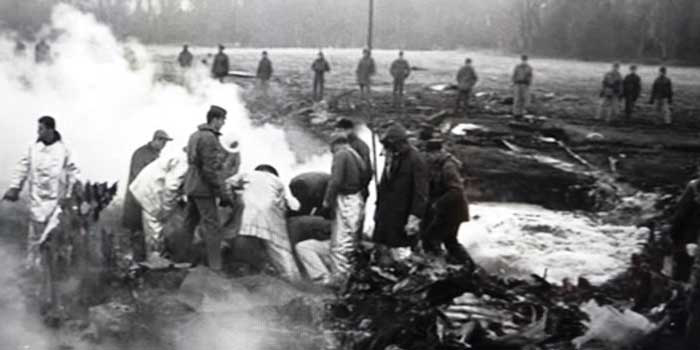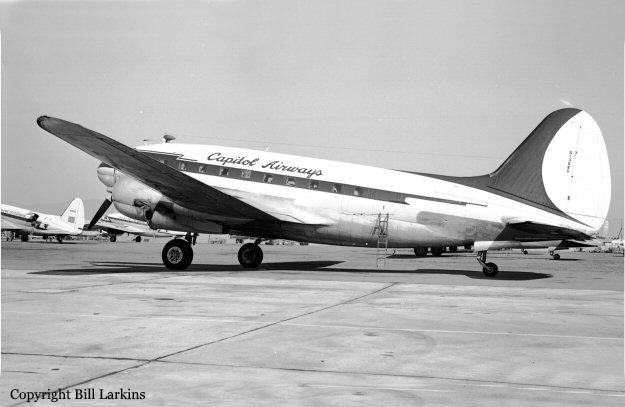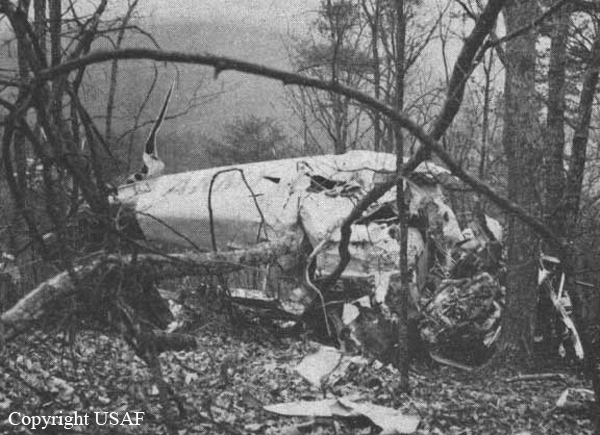Crash of a Boeing B-52G-95-BW Stratofortress near Seymour Johnson AFB: 3 killed
Date & Time:
Jan 24, 1961 at 1230 LT
Registration:
58-0187
Survivors:
Yes
Schedule:
Seymour Johnson - Seymour Johnson
MSN:
464255
YOM:
1958
Crew on board:
8
Crew fatalities:
Pax on board:
0
Pax fatalities:
Other fatalities:
Total fatalities:
3
Circumstances:
A fuel leak occurred in the right wing while cruising at high altitude. The crew decided to divert to Seymour Johnson AFB for a safe landing but on final, the right wing detached. The airplane crashed in a huge explosion in a field located 12 miles from the runway threshold. Three crew members were killed while five others were injured. The aircraft was carrying two Mark 39 thermonuclear bombs that were later recovered. In 2013, documents and information relating this story were declassified by the US Government.
Crew:
Maj Walter S. Tulloch, pilot,
Cpt Richard W. Hardin, copilot,
Maj Eugene Shelton, radio navigator, †
Cpt Paul E. Brown, navigator,
1st Lt William H. Wilson, Electronics Warfare Officer
Maj Eugene H. Richards, Electronics Warfare Instructor, †
1st Lt Adam C. Mattocks, pilot,
T/Sgt Francis R. Barnish, air gunner. †
Crew:
Maj Walter S. Tulloch, pilot,
Cpt Richard W. Hardin, copilot,
Maj Eugene Shelton, radio navigator, †
Cpt Paul E. Brown, navigator,
1st Lt William H. Wilson, Electronics Warfare Officer
Maj Eugene H. Richards, Electronics Warfare Instructor, †
1st Lt Adam C. Mattocks, pilot,
T/Sgt Francis R. Barnish, air gunner. †
Probable cause:
Fuel leak in flight.












